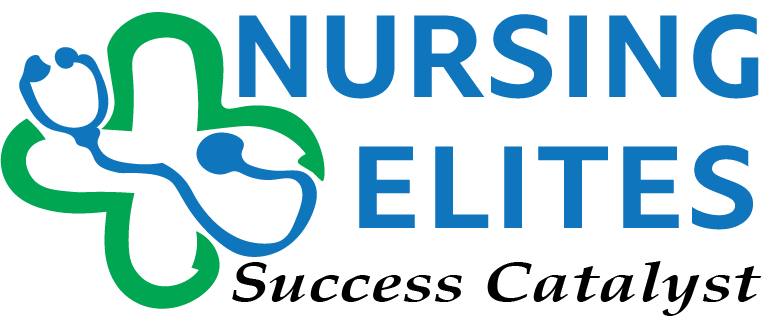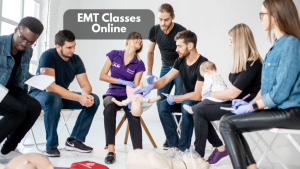Last year, 28,753 medical students graduated from medical schools countrywide. The grandaunts successfully tackled a series of exams, from admission to the final licensing test, before they could be licensed to practice in their jurisdictions. An understanding of the exam for aspiring doctors can help prospective medical students achieve their ambition of becoming certified practitioners. In this guide, our expert medical exam takers cover the various exams aspiring doctors in any field, whether surgery, dentistry, or pediatrics, should prepare for in medical school. If you need help understanding or doing the actual exam, we offer customized assistance on any unit within the medical field.
Medical College Admission Test (MCAT)
The MCAT is a computer-based, standardized exam required by many medical schools for admission into medical programs. This seven-and-a-half-hour exam for aspiring doctors tests prerequisite skills and knowledge for success in medical school.
The following are the main sections of the MCAT exam for aspiring doctors:
- Chemical and Physical Foundations of Biological Systems
- Biological and Biochemical Foundations of Living Systems
- Critical Analysis and Reasoning Skills
In 2015, the Association of American Medical Colleges (AAMC) also included the Psychological, Social, and Biological Foundations of Behavior, bringing the total examined sections to four.
MCAT Frequency and Scoring
Aspiring medical students can take the MCAT in January or March to September. The maximum times learners can take this exam for aspiring doctors in a calendar year is three times, four times in two years, and seven times in their lifetime.
Each exam section receives a score between 118 and 132, depending on the correctly answered questions. Individual section scores are then added to form the final score between 472 and 528. All MCAT scores are reported 30 to 35 days after the exam, and results are visible to the medical school which students apply for admission.
University Clinical Aptitude Exam for Aspiring Doctors (UCAT)
The UCAT is a clinical aptitude exam for aspiring doctors pursuing medical programs like dentistry in UK-approved medical schools. It has 228 questions testing students’ ability to interpret and present information in written format.
The exam takes about two hours to complete the five different exam sections, including:
- Verbal reasoning: Involves evaluating written material (44 questions)
- Quantitative reasoning: Tests ability to analyze numerical data (36 questions)
- Abstract reasoning: Examines knowledge of divergent and convergent thinking (50 questions)
- Decision-making: Assesses students’ decision-making in complex situations (29 questions)
- Situational Judgement: Compares reasoning to medical situations in real life (69 questions)
UCAT Frequency and Scoring
Prospective medical students can register for the UCAT in June and take the exam between July and September. It’s mainly for students looking for admission the same year and is done once in an academic year online or at a predisposed exam testing center.
Each UCAT section receives an average score between 630 and 645. Scores are then averaged from 2520 to 2580 and awarded a decile rank depending on the overall exam performance. For example, a 5th decile rank means a student performed better than 50% of test takers.
United States Medical Licensing Exam for Aspiring Doctors (USMLE)
The USMLE is a three-step exam for aspiring doctors that assesses their ability to apply the principles, concepts, and knowledge from medical school. It tests the patient skills required to provide effective patient care.
This exam is unique from other medical tests as students take it at different points in medical school. The following is a description of the various exam sections, including the content tested and the timing of the tests:
- Step 1 – The first part of the exam is at the end of the second year of medical school. It’s a one-day test that examines knowledge of basic science concepts such as biochemistry, anatomy, microbiology, behavioral sciences, physiology, and pharmacology. Students also answer questions on genetics, aging, and nutrition.
- Step 2 – The second step is in the fourth year of medical school. It takes two days and tests students’ clinical knowledge of surgery, pediatrics, obstetrics, internal medicine, and gynecology. The exam also examines the ability to read and diagnose patients.
- Step 3 – The final step is also a two-day exam administered after completing the first year of residency. It examines readiness to practice general medicine in healthcare, including the ability to diagnose patients.
All questions in the USMLE exam for aspiring doctors are in multiple-choice format.
USMLE Scoring System
Steps 1 and 3 of the USMLE are scored based on the correct answers. The scores are then scaled into three-digit and two-digit scores. Students must earn an average score of 75 to pass the exam.
On the other hand, step 2 gets no numerical value. Instead, students get a pass or fail depending on their performance, such as their ability to address patients, gather data, or write effective reports.
How to Pass the Exam for Aspiring Doctors
Graduating from medical school is no easy feat, as it requires passing the various medical school exams. Preparing early for any exam for aspiring doctors through practice tests, class notes, and online reading materials can help students ace their scheduled exams. Our medical exam experts can also take the exam for aspiring doctors who feel unprepared to tackle it themselves.




